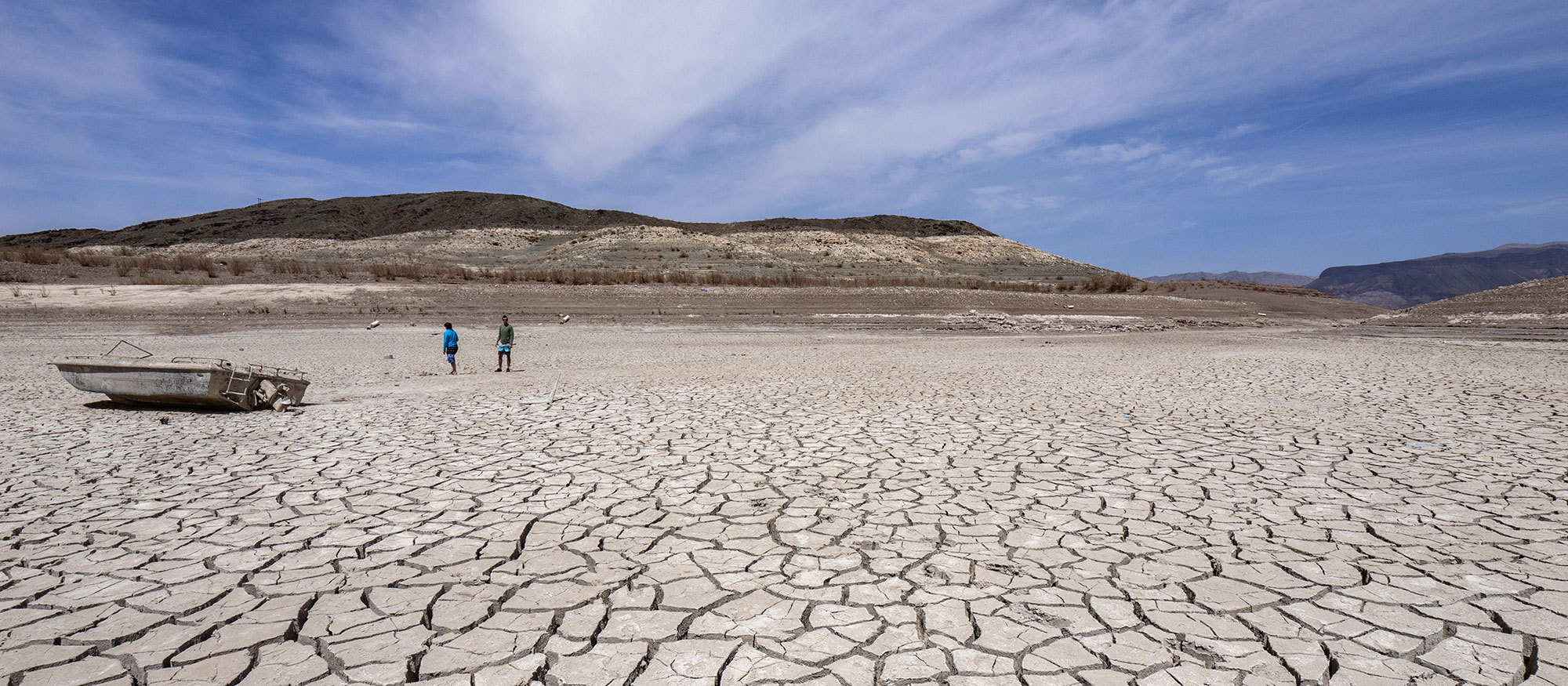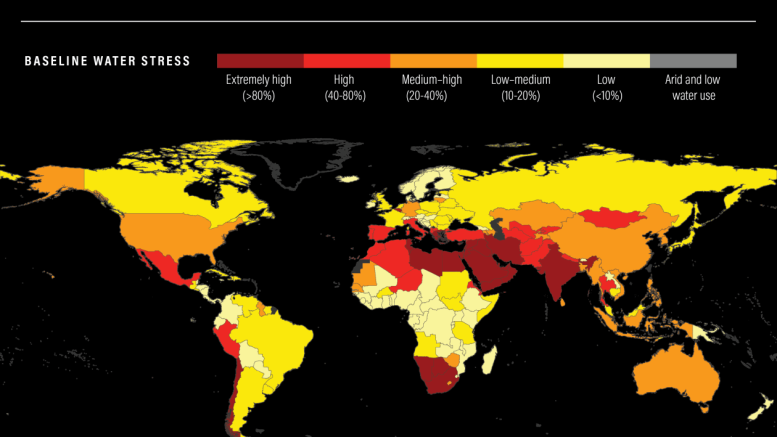It is no secret that there is a water crisis. That the bottled water sources deplete our supply of groundwater. And that for millions around the world, fresh water is a luxury, not a guarantee. Recognizing water as a human right is a matter of survival and a cornerstone for building sustainable and just societies worldwide. Beyond its physiological significance, water plays a central role in human development, from agriculture to industry. Moreover, water is a shared resource, and the equitable distribution of this precious commodity is essential for fostering social justice and human dignity.
Places Hit Hardest
A variety of reasons can cause water stress and scarcity. The most common ones are increased population and unsustainable infrastructure investments. The World Resources Institute defines “water stress” as the ratio of water used to the renewable supply. Many countries are using 80% of their available water supply annually. Because of their high dependency on their limited resources, any turbulence in the supply will lead to immense impacts for millions.
The six countries hit hardest by water scarcity are Bahrain, Cyprus, Kuwait, Lebanon, Oman and Qatar. The Middle East, North Africa, and South Asia regionally face the highest water stress. These areas are facing a duality of issues. A larger population means growth and opportunities but also higher demands for water. However, because of climate change, water resources are actively decreasing, and natural disasters are ever more prevalent. For billions of people, the availability of their necessary fluids is uncertain, like brittle ice. By 2050, due to climate change, over 30% of global economic production (measured in GDP) will be affected or negatively impacted by water scarcity, according to Aqueduct.

With climate change worsening, we risk jeopardizing our fundamental resource — Water. Source: Southern Nevada Water Authority
Water isn’t just to drink, either. Water is necessary for agriculture, and the lack of adequate clean water decreases yields, worsening the hunger crisis. By 2050, the world’s population is anticipated to reach 10 billion people, but it will become almost impossible to feed everyone, given that almost 60% of all farmland faces water scarcity. Industrially, water is used to cool down energy processes. In India, because of a lack of water, power plants have lost eight terawatts of energy, enough to power 1.5 million homes for five years. Water is a right, a necessity in every sector of our lives and the modern world.
Affecting the US
Demand and climate change are the biggest drivers of water shortages, but that doesn’t mean some developed countries, like the US, are immune to such dangers. The US exemplifies another big reason for water crises: infrastructure.
In a few cities, infrastructure is on the brink of collapse. Flint, Michigan. Jackson, Mississippi. Buffalo, New York, to name a few. And that’s because the average US pipe system is around 40 years old, meaning that so much lead has already seeped into every pipe and cup of Americans. Replacing or maintaining pipes is problematic because only a fifth of US utilities report being able to afford regular maintenance. The issue with the US is different from a natural one – rather, it’s a story about underfunding and policies. Hundreds of thousands of Americans cannot guarantee clean water simply because their municipality doesn’t have the budget for it.
Our Future
Aside from structural changes from the top down, water rights are being advanced in a major technological way: water desalination. Water desalination removes the salt from seawater and turns it into drinkable, usable water. Success stories are already prevalent; for example, the United Arab Emirates (UAE) gets around 40% of its water from desalination. The issue of cost is being battled with increasing innovation, and the most popular practice, Reverse Osmosis, is already much more cost-effective than the primitive thermal desalination methods.
Water is a right. Water is necessary for our bodies and every single part of our world, from our food to clothes, energy, and beyond. But water stress is an ever-growing issue with aging infrastructure, booming populations, and rampant climate change. Perhaps the best we can do as individuals is to call for action from policymakers – and, most importantly, conserve our water. When lives are on the line, every water drop matters.






Be the first to comment on "Struggling for Water: Untold Crises of Our World"